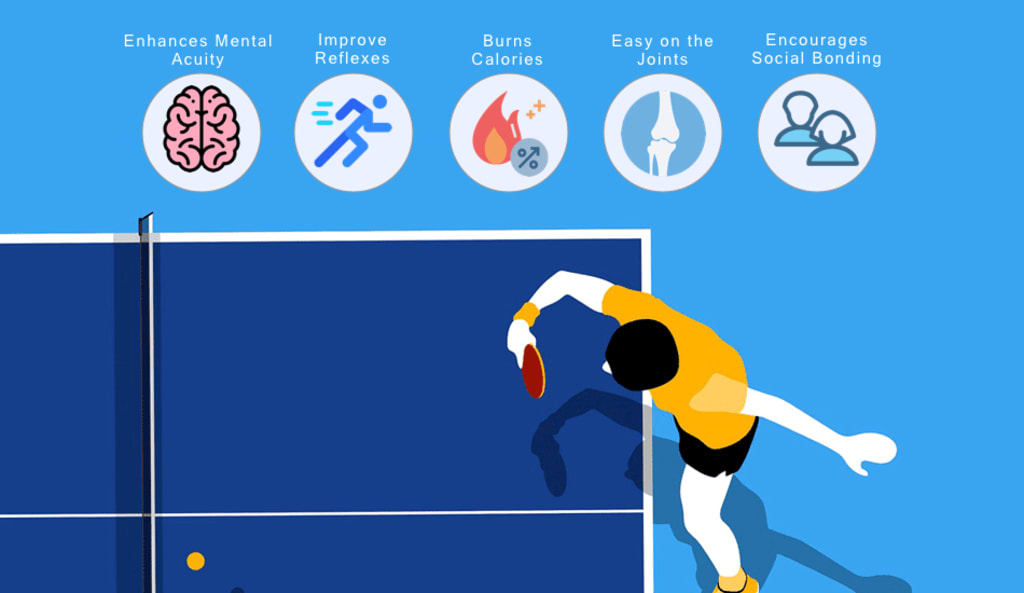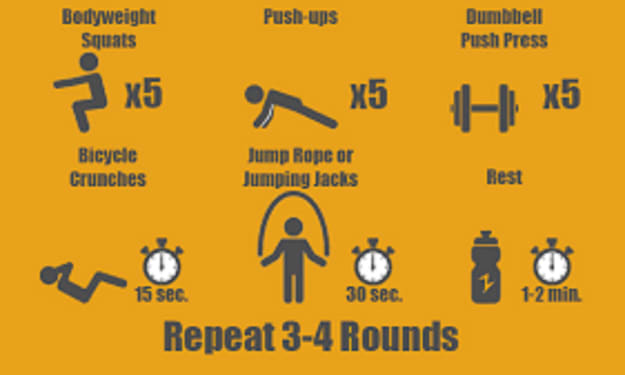Prevention Of Injuries In Table Tennis
Risk factors and injury prevention in sport: the athletes have their say

Risk factors and injury prevention in sport: the athletes have their say
In a constant search for performance optimization, injury prevention and knowledge of risk factors play a more than important role. Injuries can lead to decreased performance or even worse, a very long time out of competition requiring complex and long rehabilitation. It is during this time without activity that the level and physical capacities deteriorate. We regularly discuss, if not every time, prevention according to scientific research. However, it is interesting to get information as close as possible to the athletes: what are their views on their injury? What factors do they consider to be risk factors?
We will see what new technologies are present today to prevent the latter.
Musculoskeletal injuries are common among elite athletes. Although the nature of these injuries varies between sports, the vast majority of injuries are due to a combination of factors, making it very difficult to establish the specific mechanism leading to injury. Musculoskeletal injuries usually occur when there is an overload of structures that exceeds the capacity for regeneration or adaptation. Epidemiological studies conducted at international competitions and the Olympic Games have shown that the injury rate in athletes ranges from 10% to 65% and that most of these injuries are in the lower limbs. For this reason, avoiding sports injuries is the main goal pursued by all professionals involved in sport.
But what do the athletes think?
What can we conclude from this?
The main factors reported by participants to be associated with the occurrence of injuries were overtraining, inadequate athletic technique, inadequate nutrition and aspects of athlete behaviour.
The main injury prevention strategies reported by participants were muscle building exercises, nutritional counselling, and organizing education or information sessions on injuries and their prevention.
This study, certainly on a small sample 10 athlete therefore allows us to have an idea of what athletes think in order to be more precise when developing a prevention program, and to assess their knowledge of screw injury and prevention.
Can new technologies prevent these injuries?
Developed by, it is a collar to protect the internal structures of the skull with the aim of reducing head trauma. The little story is that it is the woodpecker, a bird that uses its beak for food by constantly tapping against the tree, which has inspired scientists, because thanks to its strong beak and its hyoid bone that surrounds the skull, in passing through a spongy texture in the cranial box, which contains little cerebrospinal fluid, it is able to protect its brain structure. The principle is simple, the collar presses on each side of the jugular vein, which has the effect of reducing the volume of blood that leaves the brain, but not that which rises there, thus creating a kind of airbag.
Zephyr Performance Systems:
A sensor from Zephyr Performance Systems allows coaches to visualize a player's heat stress, fatigue level, dehydration, exertion and peak exertion level. This data allows coaches to identify and moderate the alleviated stress for players during practice in real time.
Table tennis, an excellent recovery sport
Table tennis also known as Ping-Pong is an extremely popular sport that is played most of the time as a relaxing activity with friends. But it can also be practiced as a real sport that works the cardiovascular system. There are few accidents related to table tennis; they mainly concern the members.
Table tennis, a school of concentration and speed
Because the exchanges are precise and fast, table tennis requires constant concentration to try to read the opponent's play and anticipate his actions. This requirement of vigilance allows the elderly to fight against the effects of aging on mental capacities.
In addition, table tennis requires speed, dexterity and good reflexes which develop with practice. It improves the perception of visual space and strengthens motor coordination between the eyes and the hands.
Among children, table tennis is often a leisure activity that can become a much more sporting activity. It develops visual acuity, skill, and sense of observation, reflexes, muscle tone and self-control.
Table tennis, an excellent cardiovascular workout
During a Ping-Pong match, the body is moving constantly. Even if they don't take place over long distances, they repeat themselves and end up being an endurance activity that demands the whole body: shoulders, arms, back, pelvis, thighs and calves. It is estimated that one hour of table tennis consumes around 250 kcal calories.
Test yourself with our interactive quiz and find simple and personalized advice
Risks associated with table tennis
Table tennis accidents are rare and mainly concern the ankles, victims of very brisk movements that can cause a sprain. In the tendons, the hand, wrist and shoulder can develop tendonitis. Muscle stretching and tears, which are rare, are most often due to insufficient heating.
Prevent table tennis accidents
If you want to try your hand at competing, take lessons, even if you can defend yourself very well in matches with friends. This learning is important because, thanks to it, you will be able to acquire the technique and the tactics which will make you progress. These lessons will also allow you to learn the correct arm gestures and the correct body position, an effective way to minimize small injuries inflicted on the tendons and therefore tendonitis.





Comments
There are no comments for this story
Be the first to respond and start the conversation.